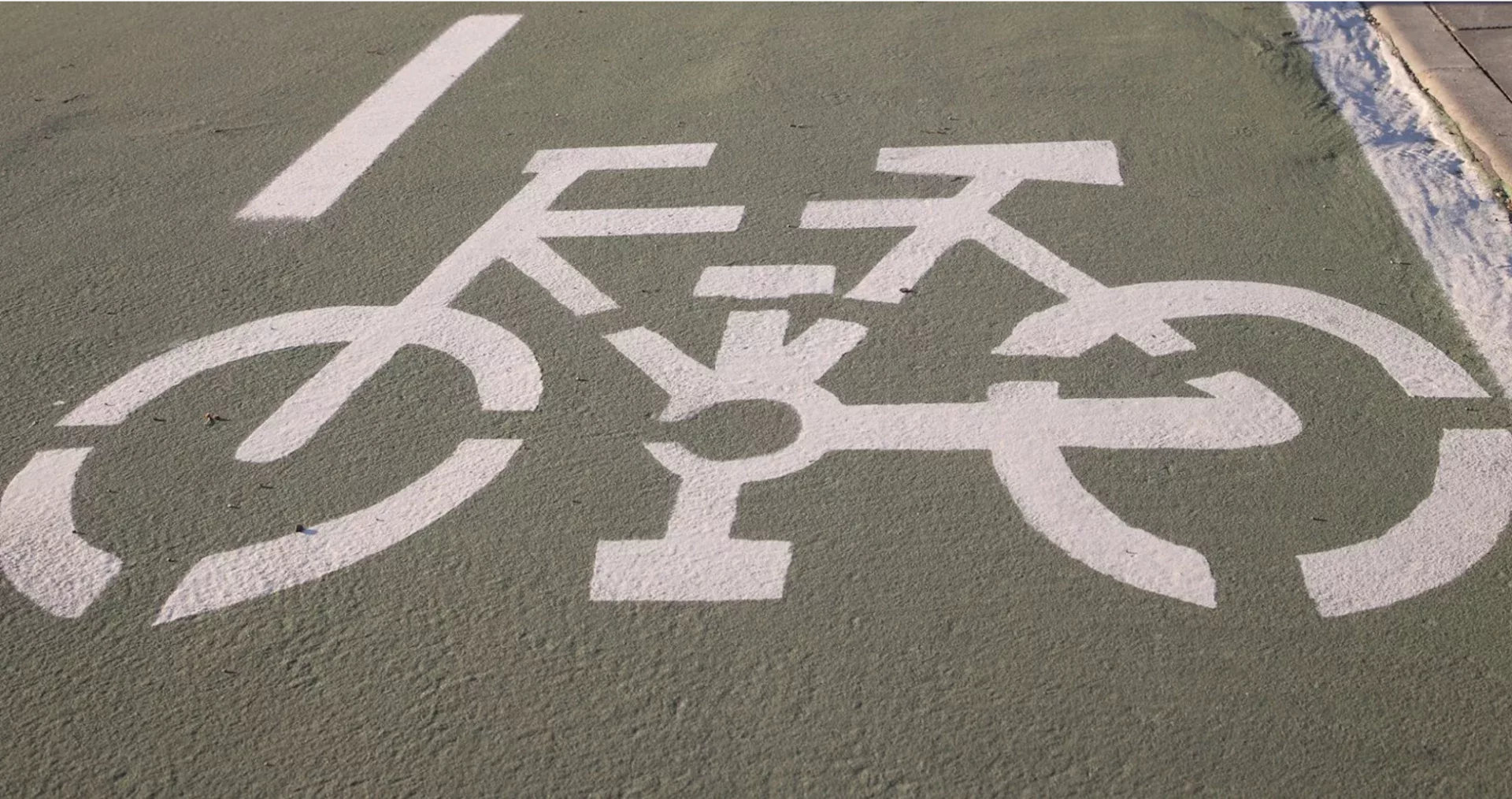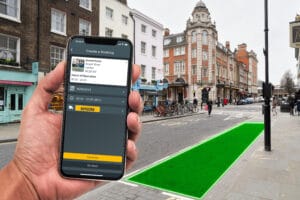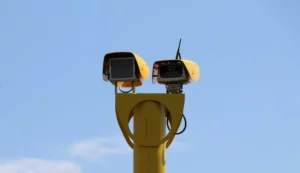Transport for London will begin issuing fines to vehicles that drive within, or cross, the white lines of cycle lanes that are marked by a solid white line and cycle tracks on TfL’s Road Network from today (Monday 27 June).
It says cycle lanes play a vital role in keeping people cycling separated from most motor traffic, reducing the risk of collisions, which can cause death and serious injury, and that reducing non-compliance will help improve safety and the confidence of cyclists as part of TfL’s Cycling Action Plan and Vision Zero goal of eliminating death and serious injury on the road network.
The Government has introduced new powers allowing TfL and London boroughs to fine motorists who infringe on cycle lanes and cycle tracks in the same way that they currently do for bus lanes and yellow box junctions. These powers were introduced at the same time as wider national changes giving local authorities in England outside of London the powers to enforce moving traffic contraventions. Initially, TfL will use existing CCTV cameras to enforce contraventions in cycle lanes and cycle tracks at key locations across its road network.
TfL says road danger remains a barrier to people walking and cycling more, with more than half of Londoners choosing not to cycle because of concerns over road traffic. It says the new enforcement powers will help protect designated space for cyclists and make the capital’s roads more attractive for Londoners to cycle on, helping to build on the huge increases in cycling seen in the capital since the start of the coronavirus pandemic, and that enabling more people to walk and cycle continues to be at the heart of TfL and the Mayor’s vision to create a healthier, cleaner and more sustainable city for everyone.
Siwan Hayward, TfL’s Director of Compliance, Policing, Operations and Security, said: “We welcome the introduction of the new enforcement powers in London. Protecting designated space for cyclists is essential in keeping them safe and improving confidence to cycle. We will start enforcing in key locations in London to deter drivers contravening the road rules. We want to ensure a green and sustainable future for London, and to do this we must continue to make walking and cycling round our city safe and accessible to all Londoners.”
Will Norman, London’s Walking and Cycling Commissioner, said: “Making London’s streets safer is our top priority. These new enforcement powers will deter motorists from infringing on crucial space specifically designated to keep cyclists safe and will help improve cyclist’s confidence when getting around the capital.
“Enabling more Londoners to walk and cycle continues to be at the heart of the Mayor’s vision to create a healthier, cleaner and more sustainable London for everyone – these new powers will play an important role in that.”
Mayor Philip Glanville, London Councils’ Climate Change, Transport and Environment Lead, said: “Dangerous driving is directly linked to more incidents on London’s roads and every death or serious injury is unacceptable. London boroughs continue to lobby for, and welcome expanded civil powers on enforcement as a step in the right direction towards achieving our goals for Vision Zero and making London safer for all road users.
“While most motorists do follow the rules, enforcement is a good deterrent for those who put other road users at unnecessary risk. By making roads safer across the capital, and having the powers to enforce on critical cycling and walking routes, we can increase opportunities for active travel which means a healthier, more active, greener and cleaner London.”
Tom Bogdanowicz, Senior Policy and Development Officer, London Cycling Campaign, said: “Vehicles driving in cycle lanes put cyclists in danger and can deter people from choosing to cycle. That’s why it’s crucial that investment in cycling provision is backed up with camera enforcement, just as camera enforcement is used to keep bus lanes clear. We welcome TfL’s use of new enforcement powers do this. It will reduce road danger and further enhance the great value for money that investment in the cycling network brings.”
TfL says it continues to work closely with local boroughs to create space for cycling across the city. This includes building a strategic network for cycling in London, transforming town centres and reducing traffic on residential streets. 260km of high-quality cycle routes have been delivered since May 2016 and the need to create space on London’s roads for walking and cycling has become even more important since the coronavirus pandemic began, with record numbers of Londoners walking and cycling to make essential journeys.
In addition to the growth seen in London’s cycle network over the past five years, TfL has continued to work on its Safer Junctions programme to make life-saving changes at some of the capital’s most dangerous and intimidating junctions. To date, TfL has completed work at a total of 43 junctions. TfL has also worked with boroughs to introduce over 370 new School Streets – where roads are closed at certain times to traffic to encourage more children to walk, cycle or scoot to school – and delivered more than 100 Low Traffic Neighbourhoods across London.
(Picture – Yay Images)



























